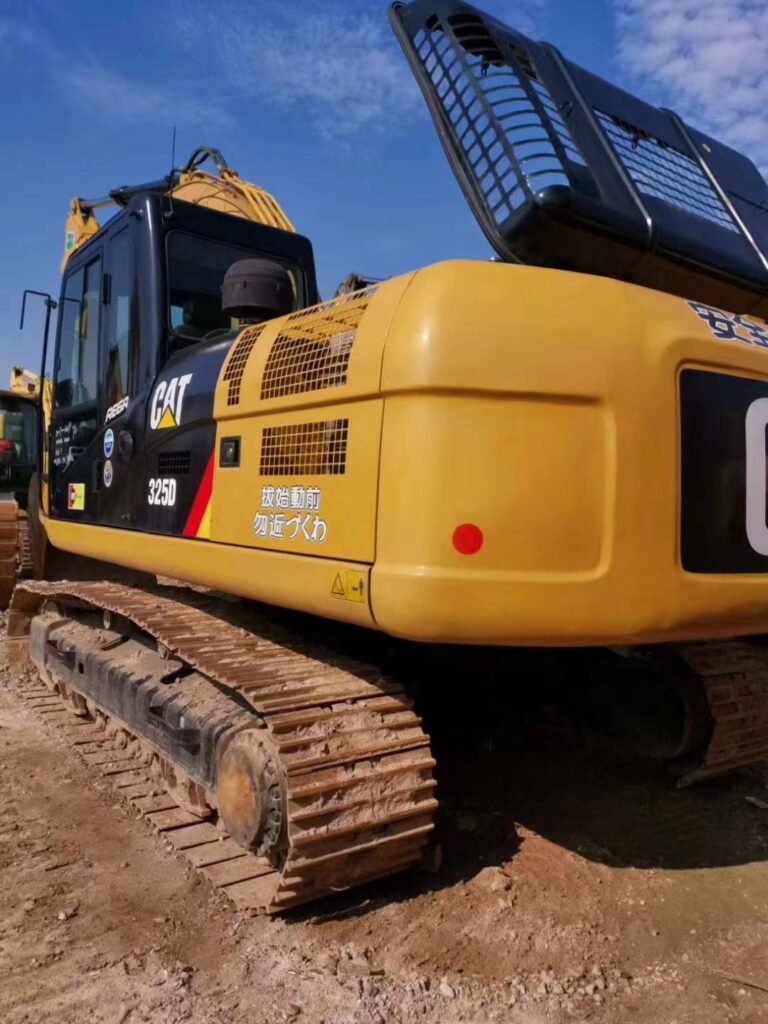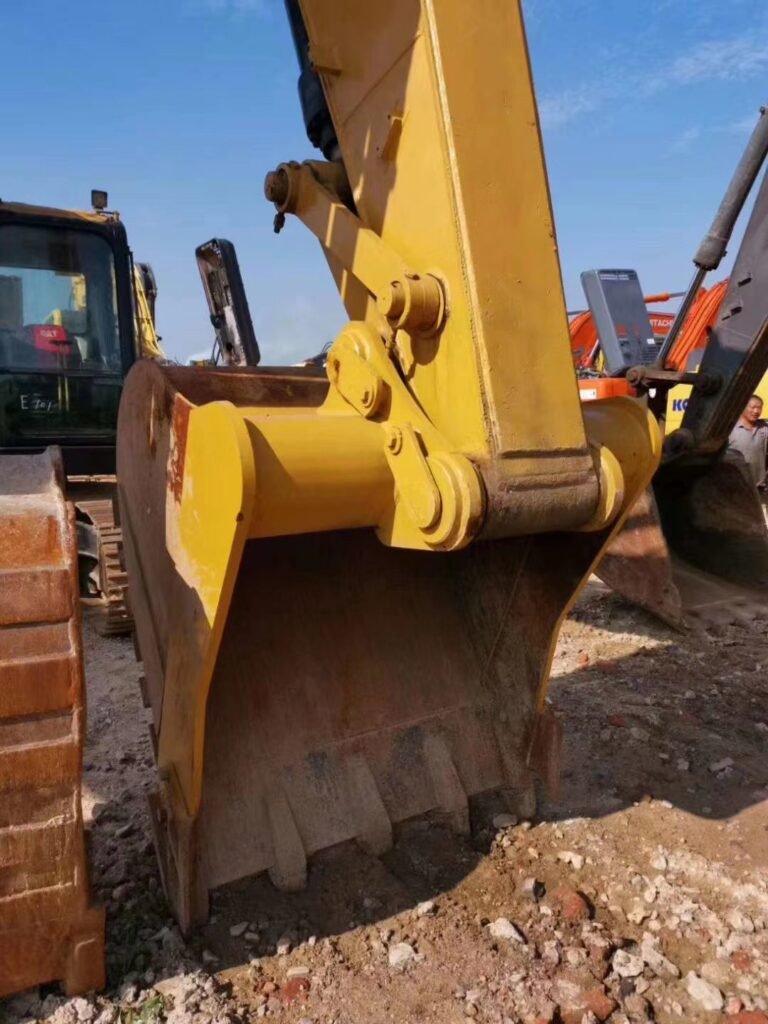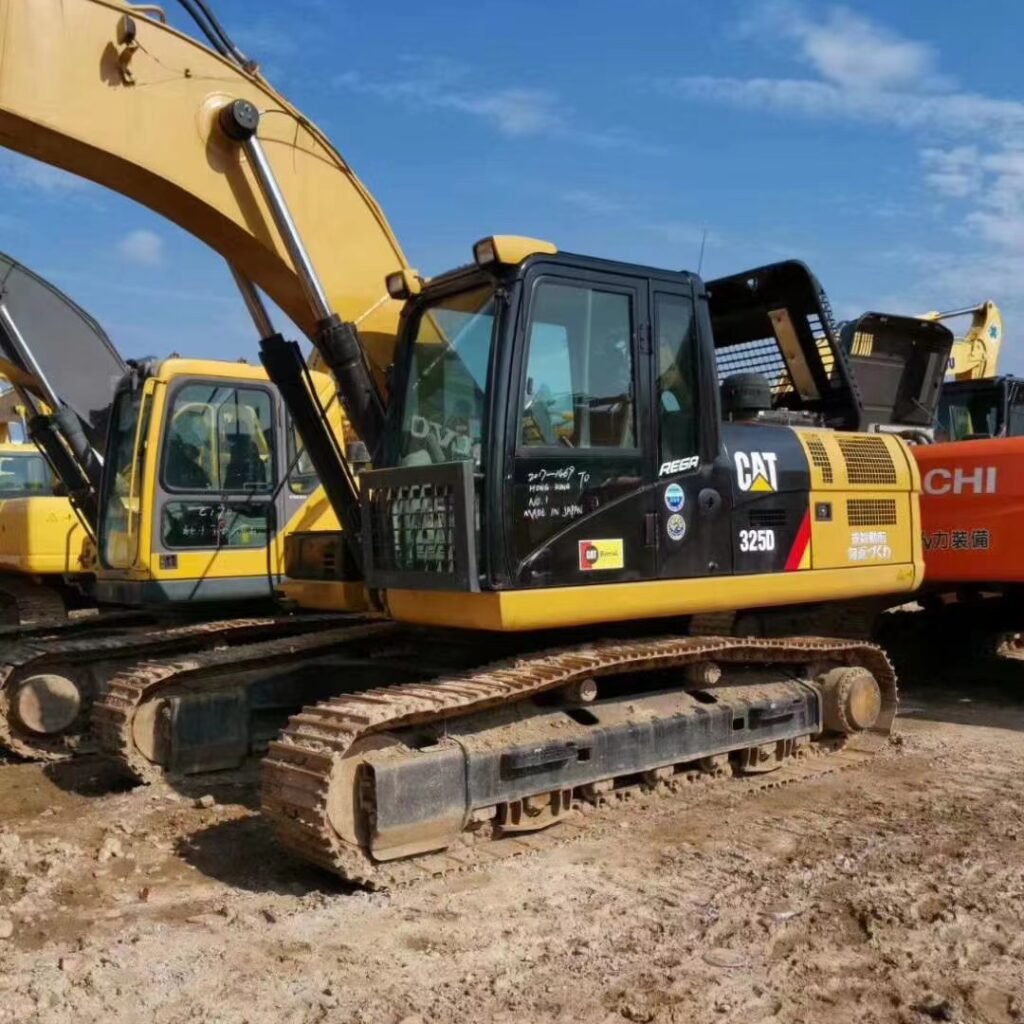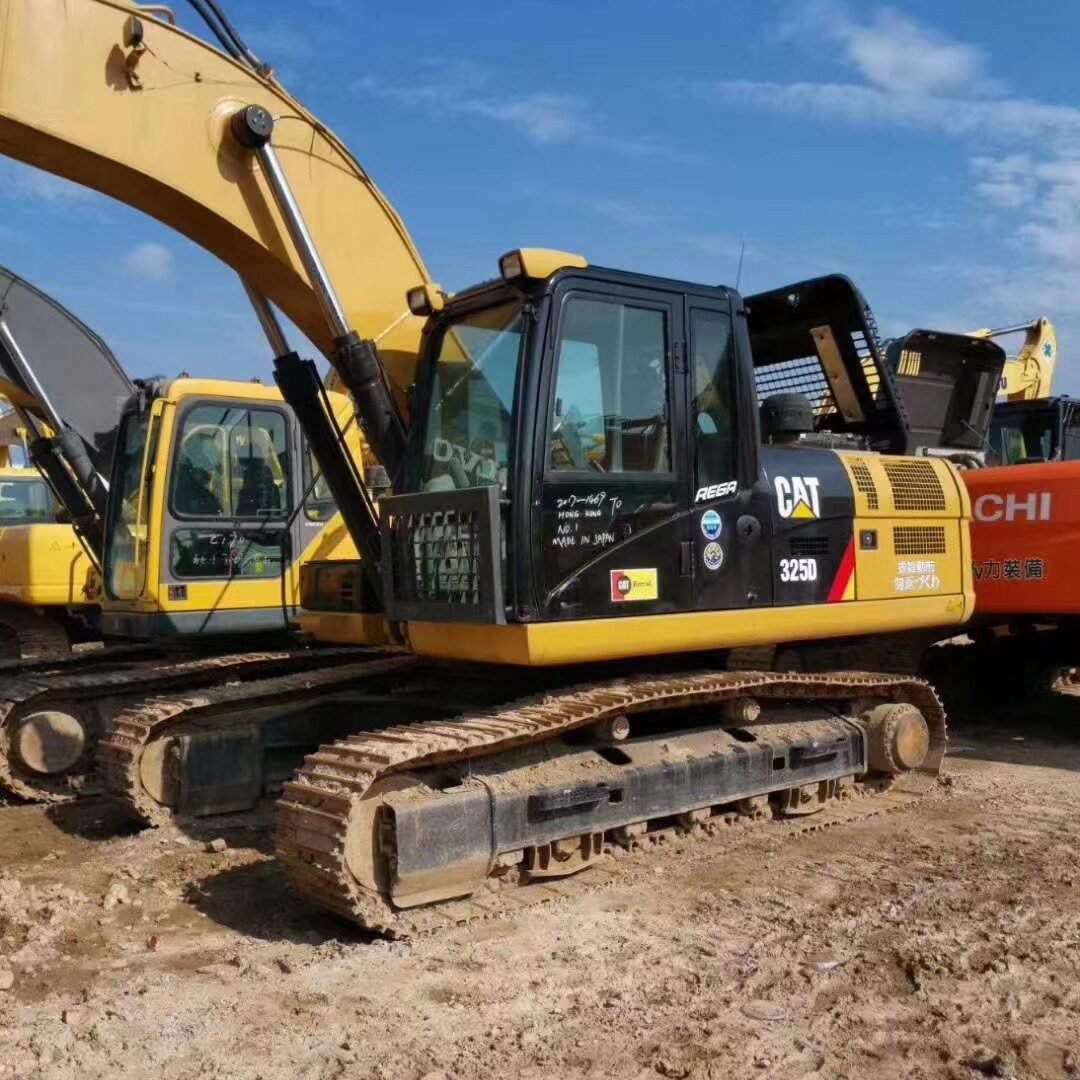I. Introduction
- Background: Excavators play a crucial role in industries such as construction, mining, and infrastructure. Due to their high purchase costs, it is essential to thoroughly understand market conditions and price rationality before investing to ensure a good return.
- Purpose and Significance: This study aims to help potential buyers grasp market dynamics and assess reasonable prices for excavators, thereby maximizing investment value and avoiding unnecessary financial losses.
II. Market Condition Analysis
1. Industry Trends
- Global Market Dynamics: Analyze growth trends in the excavator market, exploring the driving forces from technological advancements, urbanization, and infrastructure investments. For instance, in recent years, the accelerated infrastructure development in developing countries has significantly increased market demand.
- Regional Market Differences: Investigate variations in excavator demand, price levels, and market saturation across different regions (such as Asia, Europe, and North America) to understand the characteristics of each market.
2. Competitor Analysis
- Major Brands and Their Market Shares: Introduce key excavator brands (such as Caterpillar, Komatsu, Hitachi, etc.) and their positions in the market, analyzing their brand influence and market strategies.
- Price Competition and Product Differences: Analyze the differences among competitors in terms of pricing and product features, exploring competitive strategies among brands and their impact on market pricing.

III. Price Composition of Excavators
1. Factors Influencing Prices
- Production Costs: Discuss how raw materials, labor, transportation, and production processes affect excavator prices. For example, fluctuations in steel prices can directly impact manufacturing costs.
- Market Demand: Analyze how changes in market demand influence price fluctuations, particularly the price differences between peak and off-peak seasons.
2. Price Range Analysis
- Comparison of New and Used Prices: Compare the price differences between new excavators and used ones, discussing the advantages and disadvantages of each and their applicable contexts.
- Price Ranges of Different Brands and Models: List the price ranges and performance characteristics of major brands and models to help buyers make informed decisions.
IV. Advantages of Direct Import
1. Cost Efficiency
- Reduction of Intermediary Costs: Analyze how directly importing excavators from the country of production can lower intermediary costs, thus enhancing investment returns. For example, bypassing intermediaries can save up to 10%-20% in fees.
- Access to Competitive Prices: Obtain more competitive pricing through direct importation, avoiding retailer markups, ensuring buyers acquire products at lower costs.
2. Quality Assurance
- Quality Control through Direct Procurement: Discuss the impact of direct procurement on equipment quality, ensuring buyers receive products that meet factory standards and reducing losses due to quality issues.
- Advantages of After-Sales Service: Analyze the benefits of after-sales service for directly imported brands, providing effective technical support and parts supply to ensure a worry-free user experience.
V. Market Research Methods
1. Data Collection
- Industry Reports and Market Statistics: Utilize industry reports and market statistics to analyze market conditions and obtain the latest market trends and pricing information.
- Competitor Price Monitoring: Gather competitor pricing information through online platforms and market surveys to help buyers understand market pricing.
2. Field Research
- Exhibitions and Industry Conferences: Attend excavator-related exhibitions to gather the latest market information and product insights, establishing connections with suppliers.
- Communication with Suppliers: Directly communicate with suppliers in the country of production to understand product features, pricing strategies, and market dynamics.

VI. Investment Decision Recommendations
1. Evaluating Investment Returns
- Cost and Benefit Analysis: Compare the costs and benefits of direct imports versus domestic purchases, calculating the return on investment to help users make informed financial decisions.
- Risk Assessment: Evaluate potential impacts of market fluctuations and exchange rate changes on investments, formulating risk response strategies.
2. Choosing the Right Procurement Channel
- Direct Import vs. Local Procurement: Analyze the pros and cons of both approaches to help buyers make informed choices, ensuring procurement flexibility and cost-effectiveness.
- Establishing Long-Term Partnerships: Recommend building long-term relationships with suppliers in the country of production to ensure ongoing procurement and service support, enhancing supply-demand stability.
VII. Conclusion
- Key Findings: Summarize the critical elements of market conditions and reasonable pricing for excavators, highlighting the advantages of direct importation.
- Decision Guidance: Provide practical advice to assist investors in making effective decisions in the market, ensuring maximum investment value.



